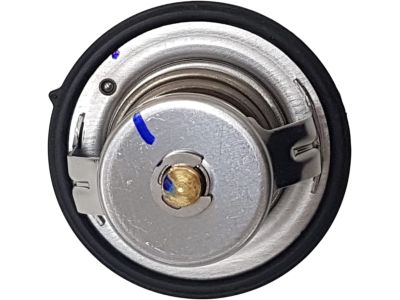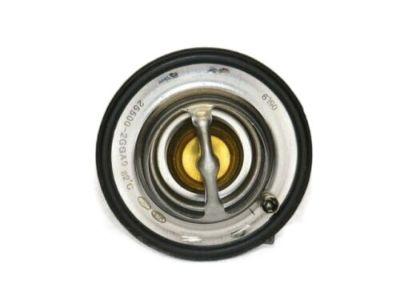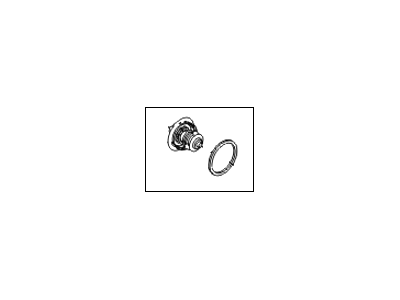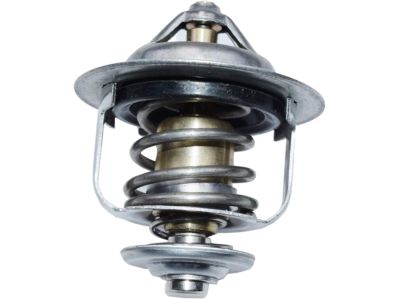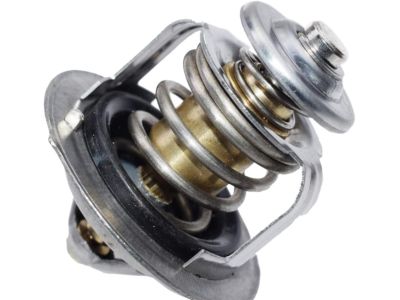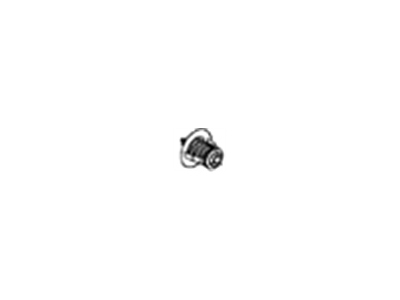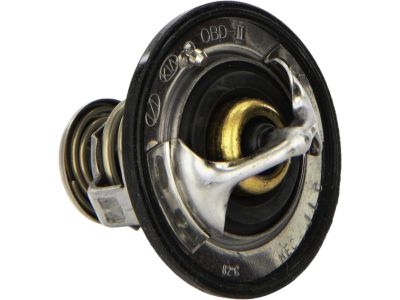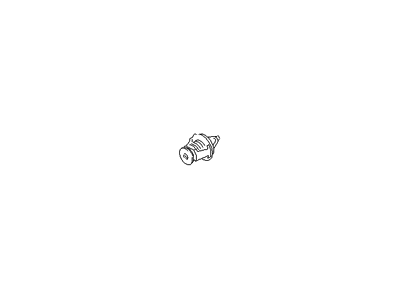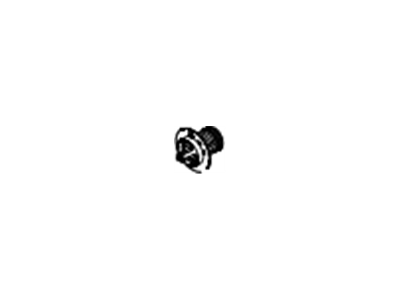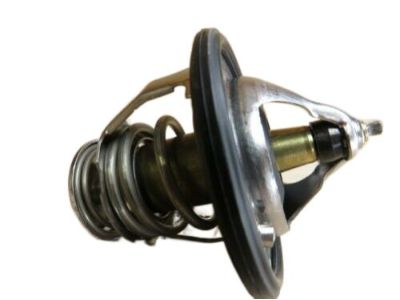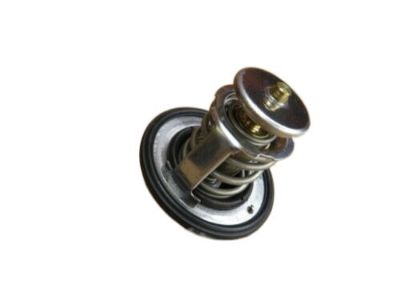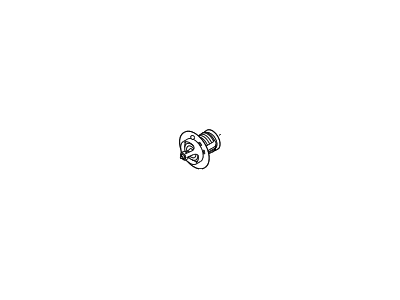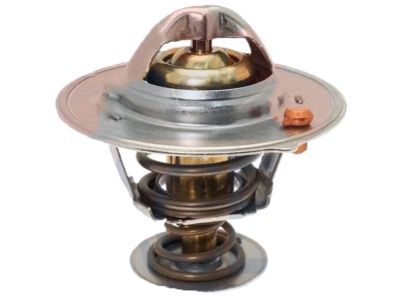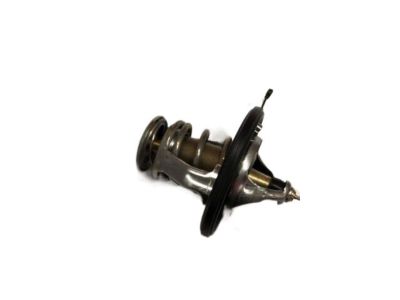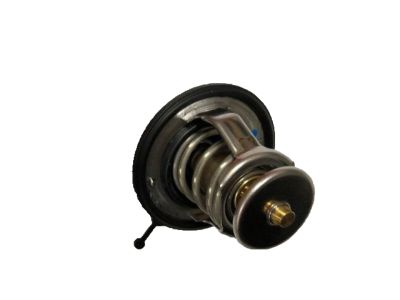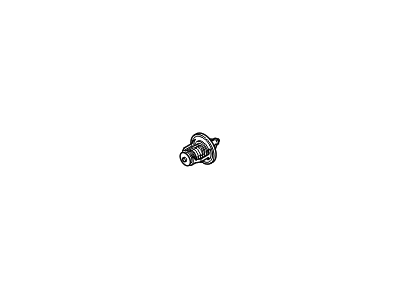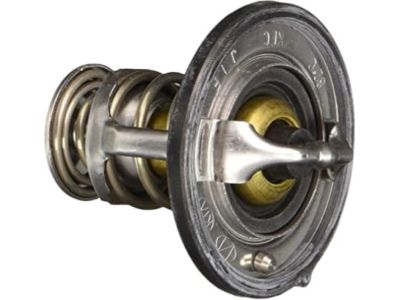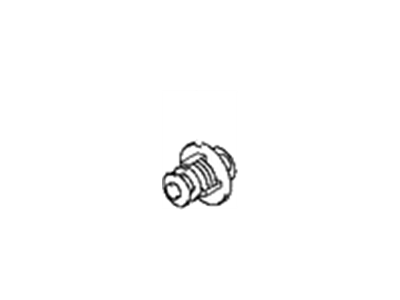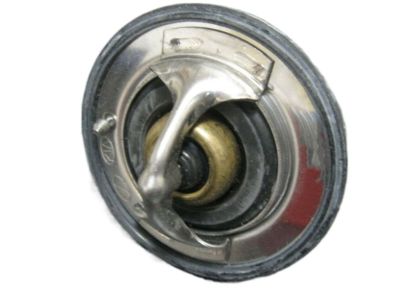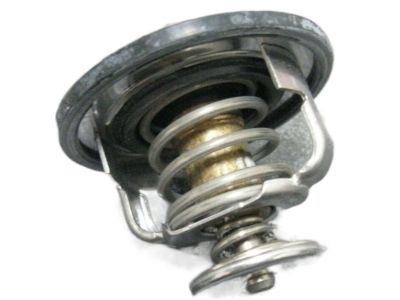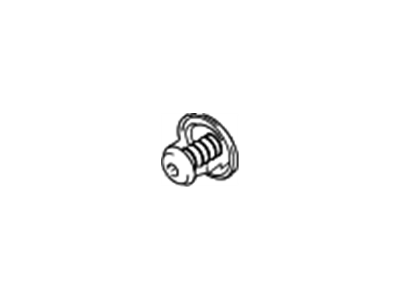×
- Hello
- Login or Register
- Quick Links
- Live Chat
- Track Order
- Parts Availability
- RMA
- Help Center
- Contact Us
- Shop for
- Hyundai Parts
- Hyundai Accessories


My Garage
My Account
Cart
Genuine Hyundai Santa Fe Thermostat
Engine Coolant Thermostat- Select Vehicle by Model
- Select Vehicle by VIN
Select Vehicle by Model
orMake
Model
Year
Select Vehicle by VIN
For the most accurate results, select vehicle by your VIN (Vehicle Identification Number).
10 Thermostats found

Hyundai Santa Fe Thermostat Assembly
Part Number: 25500-2GGA0$46.39 MSRP: $64.61You Save: $18.22 (29%)Ships in 1-3 Business Days
Hyundai Santa Fe Thermostat Assembly
Part Number: 25500-23010$42.92 MSRP: $59.77You Save: $16.85 (29%)Ships in 1-3 Business Days
Hyundai Santa Fe Thermostat Assembly
Part Number: 25500-37200$37.44 MSRP: $52.14You Save: $14.70 (29%)Ships in 1-2 Business Days
Hyundai Santa Fe Thermostat Assembly
Part Number: 25500-3C100$35.18 MSRP: $48.99You Save: $13.81 (29%)Ships in 1-2 Business Days
Hyundai Santa Fe Thermostat Assembly
Part Number: 25500-3C130$44.02 MSRP: $61.31You Save: $17.29 (29%)Ships in 1-3 Business Days
Hyundai Santa Fe Thermostat Assembly
Part Number: 25500-2GTA0$30.79 MSRP: $42.88You Save: $12.09 (29%)Ships in 1-2 Business Days
Hyundai Santa Fe Thermostat Assembly
Part Number: 25500-3C150$44.02 MSRP: $61.31You Save: $17.29 (29%)Ships in 1-3 Business DaysHyundai Santa Fe Thermostat Assembly
Part Number: 25500-35540$44.02 MSRP: $61.31You Save: $17.29 (29%)Ships in 1-3 Business Days

Hyundai Santa Fe Thermostat
The Hyundai Santa Fe's Thermostat is one of the components in the cooling system of car and is commonly found near the radiator. This device is very important in regulating the engines operating temperature for optimum efficiency. Thermostats act as feedback control systems that are confined to the process of sensing and regulating the system's temperature to a particular value. A number of forms of thermostats have been employed over the years in different uses and these are mechanical thermostats such as the bimetallic strip and wax pellets, pneumatic thermostats such as air filled control tubes. These developments have made temperature control in automobiles to be improved hence ensuring that the Hyundai Santa Fe vehicles are not only comfortable but also very efficient in their operations.
If you are looking for affordable high-quality OEM Hyundai Santa Fe Thermostat, then you have come to the prime place. Our website provides a large amount of genuine Hyundai Santa Fe Thermostat at unbeatable prices. All our parts come backed with the manufacturer's warranty.
Hyundai Santa Fe Thermostat Parts Questions & Experts Answers
- Q: How to replace a thermostat in a cooling system on Hyundai Santa Fe?A:Before assuming the thermostat is responsible for a cooling system problem, check the coolant level, drive belt tension, and temperature gauge (or light) operation. If the engine takes a long time to warm up, the thermostat is probably stuck open. Replace the thermostat with a new one. If the engine runs hot, use your hand to check the temperature of the lower Radiator hose. If the hose is not hot, but the engine is, the thermostat is probably stuck in the closed position, preventing the coolant inside the engine from escaping to the radiator. Replace the thermostat. Caution: Do not drive the vehicle without a thermostat. The computer may stay in open loop and emissions and fuel economy will suffer. If the lower radiator hose is hot, it means that the coolant is flowing and the thermostat is open. A more thorough test of the thermostat can only be made when it is removed from the vehicle. If the thermostat remains in the open position at room temperature, it is faulty and must be replaced. To test it fully, suspend the (closed) thermostat on a length of string or wire in a container of cold water, with a thermometer. Heat the water on a stove while observing the temperature and the thermostat. Neither should contact the sides of the container. Note the temperature when the thermostat begins to open and when it is fully open. Compare the temperatures to the Specifications. The number stamped into the thermostat is generally the fully-open temperature. If the thermostat doesn't open and close as specified or sticks in any position, replace it. To replace the thermostat, drain the cooling system. Follow the radiator hose to the thermostat housing cover and disconnect the hose. Remove the thermostat housing cover mounting fasteners and remove it from the cylinder block. Be prepared for some coolant to spill as the gasket seal is broken. Remove the thermostat, noting the direction in which it was installed in the housing, and thoroughly clean the sealing surfaces. Fit a new gasket onto the thermostat. Make sure it is evenly fitted all the way around. Install the thermostat and housing, positioning the jiggle pin at the highest point. Tighten the housing cover fasteners and reinstall the remaining components in the reverse order of removal. Refill the cooling system. Run the engine and check for leaks and proper operation.
Related Hyundai Santa Fe Parts
Browse by Year
2020 Thermostat 2019 Thermostat 2018 Thermostat 2017 Thermostat 2016 Thermostat 2015 Thermostat 2014 Thermostat 2013 Thermostat 2012 Thermostat 2011 Thermostat 2010 Thermostat 2009 Thermostat 2008 Thermostat 2007 Thermostat 2006 Thermostat 2005 Thermostat 2004 Thermostat 2003 Thermostat 2002 Thermostat 2001 Thermostat 2000 Thermostat
